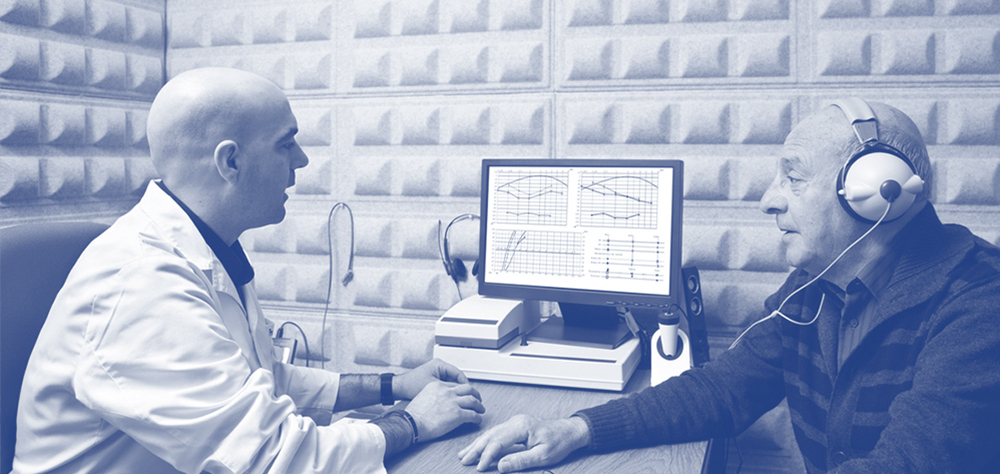For most of us the idea of hearing loss probably seems extremely foreign. It is either a problem that we might have to worry about in the future or just the sort of thing that other people have to deal with. The truth is, around one in six people suffer from hearing loss and a lot of hearing loss is gradual. This makes recognising the symptoms and taking appropriate action highly essential.
But how exactly is hearing loss diagnosed?
Today we’re going to explore this process further, explaining a little bit more about the process and the steps you can take.
Symptoms
Understanding the symptoms of hearing loss might seem fairly straightforward. After all, we must know when we’re not hearing as well as we used to. Unfortunately, gradual hearing loss often goes unnoticed.
You might have hearing loss if you have trouble with:
- Hearing children’s and female’s voices
- Differentiating between “S” and “F” sounds
- Understanding phone conversations
- Hearing over background noise
Other indicators of hearing loss include:
- Thinking that people are always mumbling
- Having to constantly ask people to repeat themselves
- Having the television on a volume that others think is too loud
In children, difficulty learning to speak, not paying attention to requests and poor academic performance may also indicate hearing loss.
Diagnosis
When it comes to hearing loss of any kind, early diagnosis is critical. This is why there are hearing tests for newborn babies that measure your child’s hearing nerves.
In terms of diagnosis for older children and adults, some steps may include:
- Taking a medical history
- Performing a physical exam
- Asking questions about potential symptoms
If you are referred to an audiologist, they may perform a range of hearing tests. These may include:
Speech Audiometry
Sitting in a booth with headphones on, the patient hears words at different volumes. They then have to repeat these words. The words will play at different volumes and measure your understanding of speech.
Pure Tone Audiometry
Similar to speech audiometry, this test also involves sitting in a soundproof booth with special headphones. Instead of words, the audiologist plays different sounds, measuring your perception of different pitches.
Scans for Hearing Loss
You may also need to undergo some scans to learn more about your hearing loss. CT scans and MRI scans are the two most common scans for these purposes. Both scans are imaging procedures similar to x-rays that require you to lie down.
An MRI (Micro Resonance Imaging) uses magnetic fields and often requires an injecting called contrast. This helps the doctor to better understand your results.
CT scans (Computed Tomography) may use a different type of contrast but this is less common.
Classifying Your Hearing Loss
There are three different types of hearing loss. These are:
- Conductive hearing loss – an outer or middle ear problem that affects the travel of sound to your inner ear
- Sensorineural hearing loss – problems in the inner ear that affect the trave of sound to your brain
- Mixed hearing loss – a combination of the two above problems




